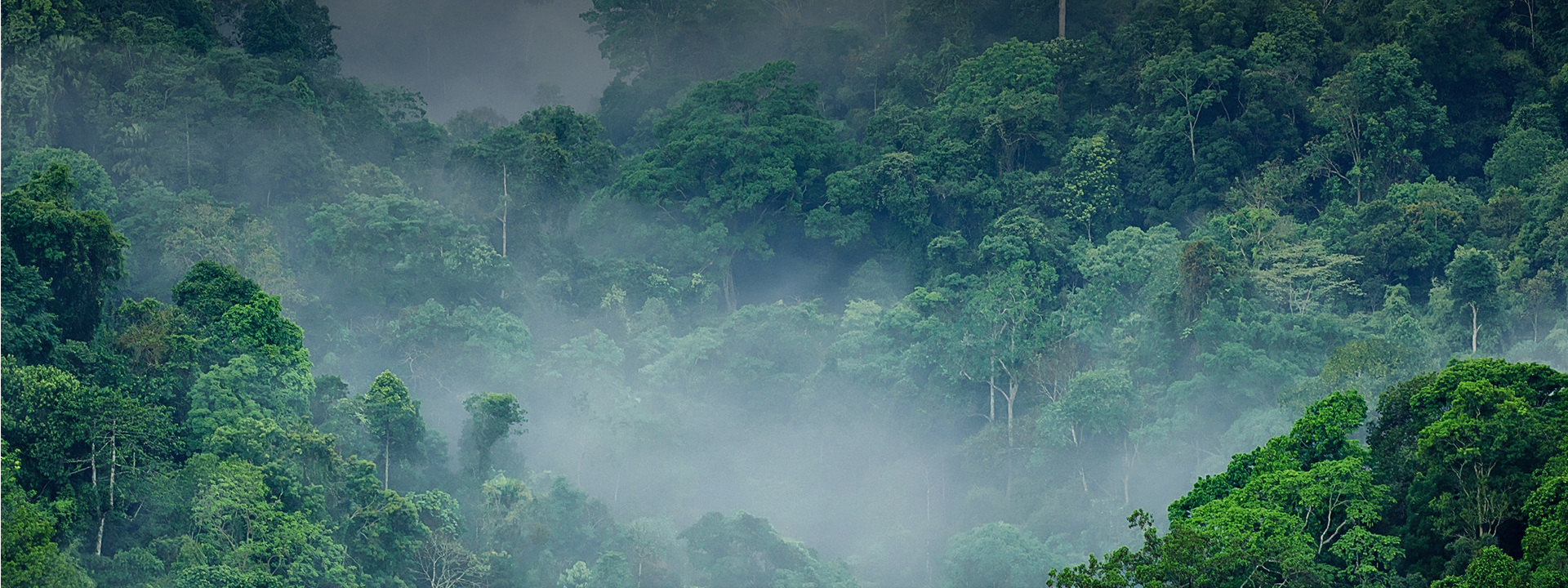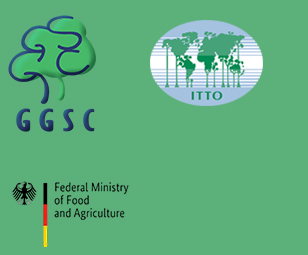
Indonesia
Indonesia has 574 PBPH units by October 2025
The Forestry Higher Education Communication Forum (FoReTIKA) in collaboration with the Bogor Agricultural University (IPB) held an online and offline Forestry Update Course (FUCo) educational activity on October 11, 2025.
This activity presented two keynote speakers, namely Ir. Laksmi Wijayanti, MCP., CGCAE., QIA., CEIO., Director General of Sustainable Forest Management, Ministry of Forestry of the Republic of Indonesia, and Dr. Ir. H. Soewarso, M.Sc., IPU., Chairman of the Indonesian Forestry Entrepreneurs Association (APHI).
Laksmi Wijayanti said that of the total national forest area of 125.92 million hectares, 68.8 million hectares are production forest areas that can be utilized for economic activities through the Forest Utilization Business Permit (PBPH) scheme.
Meanwhile, Dr. Soewarso explained that by October 2025, there were 574 PBPH permits, 431 of which were APHI members, contributing to the management of approximately 30 million hectares of production forest.
Indonesia reaffirms leadership in nature-based climate solutions
Minister of Forestry Raja Juli Antoni has reaffirmed Indonesia’s commitment to leading the implementation of nature-based solutions in addressing global climate change challenges.
Speaking at the Indonesia International Sustainability Forum in Jakarta, Antoni emphasized that nature-based solutions not only accelerate green development but also strengthen its key pillars through food security and sustainable environmental management.
“To realize this vision, the Ministry of Forestry has established five strategic flagship programs,” Minister Antoni said.
These five programs are the digitalization of forestry services, equitable forest management, developing forests as a source of food security, forest conservation as the earth’s lungs, and implementing the One Map Policy to clarify land status and support green investments.
Indonesia sees housing as key driver of economic growth
Finance Minister Purbaya Yudhi Sadewa expressed optimism that housing demand will grow rapidly in line with Indonesia’s improving economic conditions.
He emphasized that as the economy continues to strengthen, people will be more confident to invest in the property sector.
In other news, Indonesia's Ministry of Housing and Settlement Areas has identified the housing sector as one of the main pillars supporting national economic growth, citing its strong multiplier effect across multiple industries.
"The housing sector is one of the main pillars in driving national economic growth because it has a large multiplier effect on the Indonesian economy," said Sri Haryati, the ministry's Director General of Urban Housing, in Jakarta on Thursday.
She noted that the construction of 3 million houses — designated as a National Strategic Project for 2025–2029 — represents a strategic effort to expand housing access and strengthen the national economy.
The ministry also highlighted that the relaxation of People's Business Credit (KUR) for micro, small, and medium enterprises (MSMEs) in the housing sector will widen access to financing for developers and boost sectoral growth.
Malaysia
Sarawak to unlock rubber wood industry’s potential
Sarawak’s timber industry is poised for transformation as the State tap into its vast rubber wood resources, turning trees once valued only for latex into sustainable raw materials for furniture and other high-value products.
The initiative follows a recent two-day lab organised by the Sarawak Timber Industry Development Corporation (STIDC), which brought together 40 officers from key agencies, including the Ministry of Natural Resources and Urban Development (MUDeNR), Sarawak Rubber Industry Board (SARIB), and the Malaysian Rubber Board (LGM).
STIDC, in a statement, said the session focused on finalising regulations and standard operating procedures (SOPs) for the harvesting, replanting, processing, and marketing of rubber wood and its related products – a key step toward unlocking the sector’s commercial potential.
According to a 2023 study by STIDC, Sarawak has about 94,000 hectares of land planted with rubber wood, mostly managed by smallholders.
The corporation said timber from rubber trees no longer suitable for latex production can be repurposed into engineered wood, furniture and other value-added products – a move expected to generate employment, boost smallholder incomes, and diversify Sarawak’s timber exports.
Ministry outlines strategies to help smallholders meet EU deforestation rules
Malaysian Plantation and Commodities Minister, Datuk Seri Johari Abdul Ghani, said that the ministry will ensure legitimate land ownership for plantation activities, including for smallholders, and promote good labour management practices within the agri-commodity sector in line with Malaysia's commitments under the International Labour Organisation (ILO).
At the international level, Johari said bilateral engagement sessions with the European Commission are ongoing, alongside participation in the Ad-Hoc Joint Task Force (Ad-Hoc JTF) involving the governments of Indonesia and the European Union (EU).
He said discussions under the Asean platform are also being conducted actively to seek practical solutions to ensure continued market access for Malaysia's agri-commodity sector, including smallholders.
Meanwhile, Johari said the ministry has outlined specific strategies to reduce the plantation sector's dependence on foreign workers, which currently exceeds 70 per cent.
This is outlined in the National Agri-Commodity Policy 2030. "The strategies include empowering the local workforce, expanding the use of mechanisation and automation, and developing a highly skilled human capital base," he said.
Thailand
Thailand’s woodworking industry’s exports (January–August 2025)
According to Thai Furniture Association (TFA) and Office of the Permanent Secretary of Ministry of Commerce, Thailand’s exports of furniture and parts from January to August 2025 climbed 12.26% over the same period in 2024, reaching 37,857.91 million baht or 1,143.62 million USD. The top 5 countries for exports include: USA, Japan, Malaysia, China, Australia.
Thailand’s wood and wood products exports from January to August 2025 totaled 73,219.84 million THB, or 2,206.29 million USD. Top 5 countries for exports include: China, United Arab Emirates, USA, Saudi Arabia, Japan.
China
China's timber imports rebound in September
In September 2025, China’s imports of logs and sawnwood reached 4.669 million cubic meters, a 15.9% increase from August, halting a consecutive five-month downward trend. The year-on-year decline also narrowed to 7.9%, signaling a gradual stabilization of the market. In value terms, September imports totaled $931 million, up 13.8% month-on-month but still down 10.8% compared to the same period last year. Overall, from January to September 2025, China’s cumulative imports of logs and sawnwood stood at 42.17 million cubic meters, a 12.7% year-on-year decrease, with the total import value dropping 15.8% to US$8.52 billion. These figures indicate that despite the month-on-month rebound in September, both volume and value continued to contract over the first three quarters, reflecting persistently subdued market demand.
China's furniture exports reach US$50.18 billion in first three quarters
China's furniture exports reached US$50.18 billion in the first nine months of 2025, down 4.6% year-on-year, according to October 13 data released by China’s General Administration of Customs. While still in negative territory, the decline has narrowed by 0.6 percentage point compared to the January-August period.
Industry analysts attributed the ongoing export softness to multiple headwinds, including uneven global economic recovery, sluggish demand in key overseas markets, and cooling property sector conditions. Persistent inflation and weakened consumer confidence had further dampened overseas orders, compressing export profit margins.

| E-mail:ggsc@itto-ggsc.org | Tel:86-10-62888626 |


Sigh Up for Emails |
|